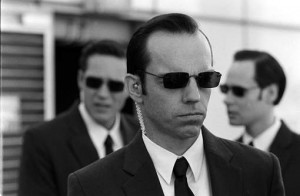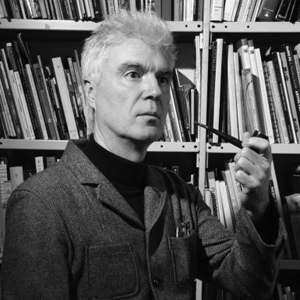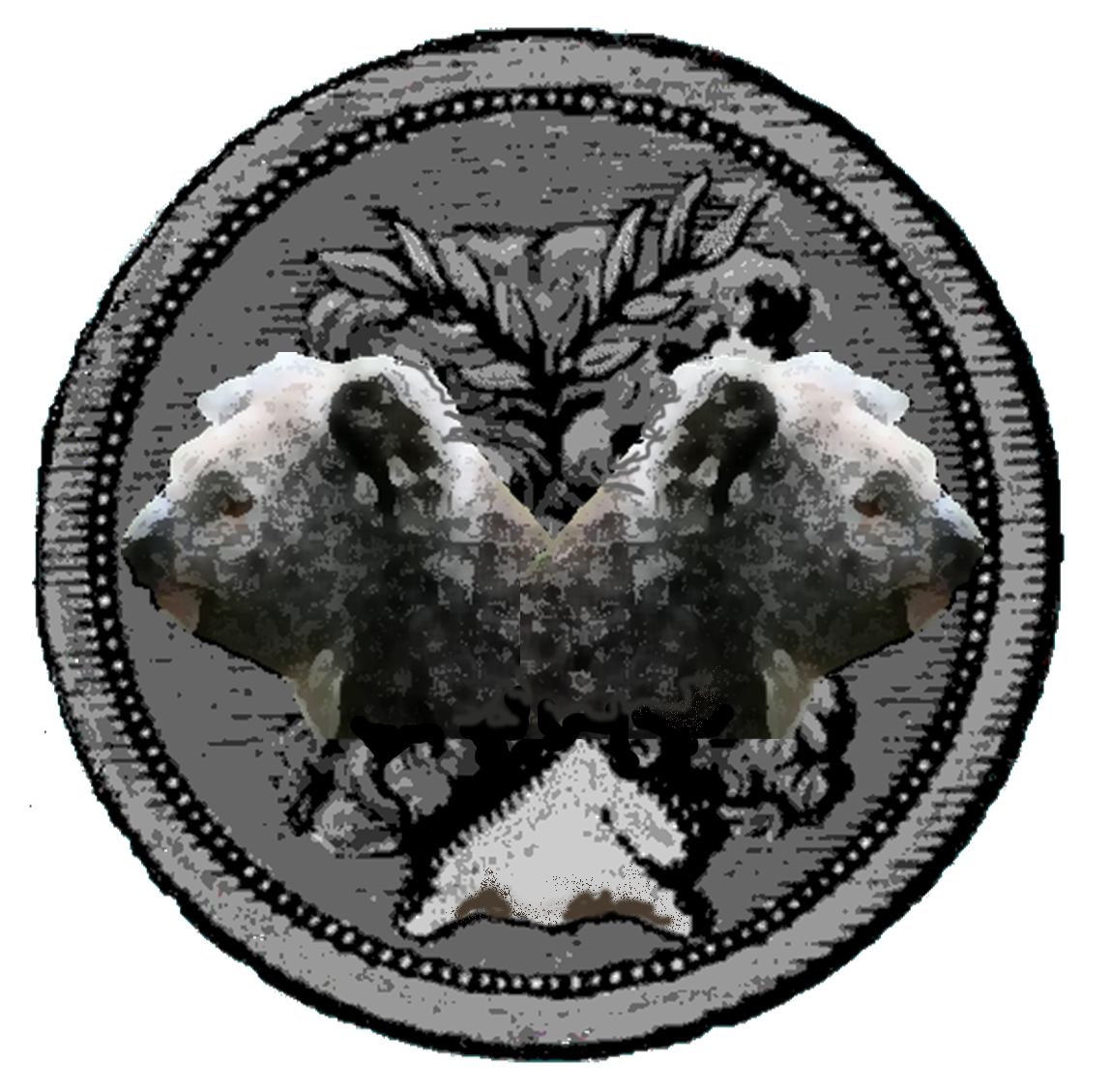 Nick Bostrom adds to the dialog on desire, intelligence, and intentionality with his recent paper, The Superintelligent Will: Motivation and Instrumental Rationality in Advanced Artificial Agents. The argument is largely a deconstruction of the general assumption that there is somehow an inexorable linkage between intelligence and moral goodness. Indeed, he even proposes that intelligence and motivation are essentially orthogonal (“The Orthogonality Thesis”) but that there may be a particular subset of possible trajectories towards any goal that are common (self-preservation, etc.) The latter is scoped by his “instrumental convergence thesis” where there might be convergences towards central tenets that look an awful lot like the vagaries of human moral sentiments. But they remain vagaries and should not be taken to mean that advanced artificial agents will act in a predictable manner.… Read the rest
Nick Bostrom adds to the dialog on desire, intelligence, and intentionality with his recent paper, The Superintelligent Will: Motivation and Instrumental Rationality in Advanced Artificial Agents. The argument is largely a deconstruction of the general assumption that there is somehow an inexorable linkage between intelligence and moral goodness. Indeed, he even proposes that intelligence and motivation are essentially orthogonal (“The Orthogonality Thesis”) but that there may be a particular subset of possible trajectories towards any goal that are common (self-preservation, etc.) The latter is scoped by his “instrumental convergence thesis” where there might be convergences towards central tenets that look an awful lot like the vagaries of human moral sentiments. But they remain vagaries and should not be taken to mean that advanced artificial agents will act in a predictable manner.… Read the rest
Author: Mark Davis
Hadoop World NYC
Catch me at Hadoop World 2012 in NYC, October 23-25th. I’ll be wearing a new shirt and logo.… Read the rest
Talking Musical Heads
 David Byrne gets all scientifical in the most recent Smithsonian, digging into the developmental and evolved neuropsychiatry of musical enjoyment. Now, you may ask yourself, how did DB get so clinical about the emotions of music? And you may ask yourself, how did he get here? And you may ask yourself, how did this music get written?
David Byrne gets all scientifical in the most recent Smithsonian, digging into the developmental and evolved neuropsychiatry of musical enjoyment. Now, you may ask yourself, how did DB get so clinical about the emotions of music? And you may ask yourself, how did he get here? And you may ask yourself, how did this music get written?
…one can envision a day when all types of music might be machine-generated. The basic, commonly used patterns that occur in various genres could become the algorithms that guide the manufacture of sounds. One might view much of corporate pop and hip-hop as being machine-made—their formulas are well established, and one need only choose from a variety of available hooks and beats, and an endless recombinant stream of radio-friendly music emerges. Though this industrial approach is often frowned on, its machine-made nature could just as well be a compliment—it returns musical authorship to the ether. All these developments imply that we’ve come full circle: We’ve returned to the idea that our universe might be permeated with music.
It seems fairly obvious that the music I’m listening to right now (Arvo Part) could be automatized, but just hasn’t been so far. And this points to the future world Byrne points to, where we are permeated with music and the contrast with silence is the most sophisticated distinction that can be drawn.… Read the rest
An Exit to a New Beginning
 I am thrilled to note that my business partner and I sold our Big Data analytics startup to a large corporation yesterday. I am currently unemployed but start anew doing the same work on Monday.
I am thrilled to note that my business partner and I sold our Big Data analytics startup to a large corporation yesterday. I am currently unemployed but start anew doing the same work on Monday.
Thrilled is almost too tame a word. Ecstatic does better describing the mood around here and the excitement we have over having triumphed in Sili Valley. There are many war stories that we’ve been swapping over the last 24 hours, including how we nearly shut down/rebooted at the start of 2012. But now it is over and we have just a bit of cleanup work left to dissolve the existing business structures and a short vacation to attend to.… Read the rest





